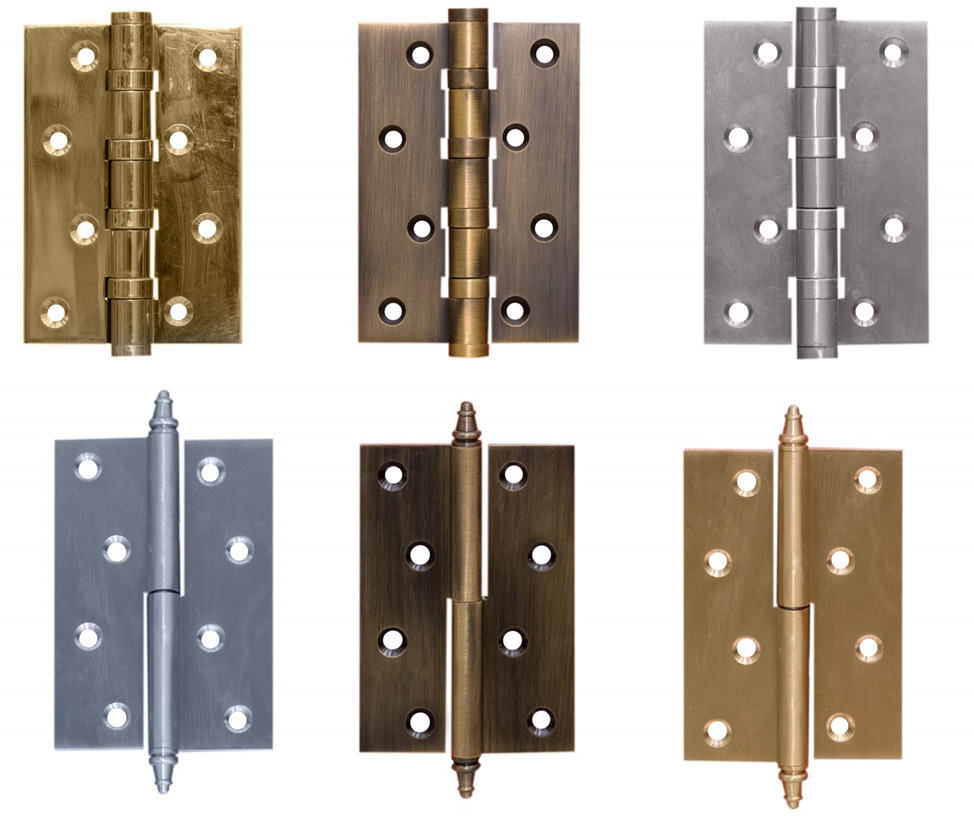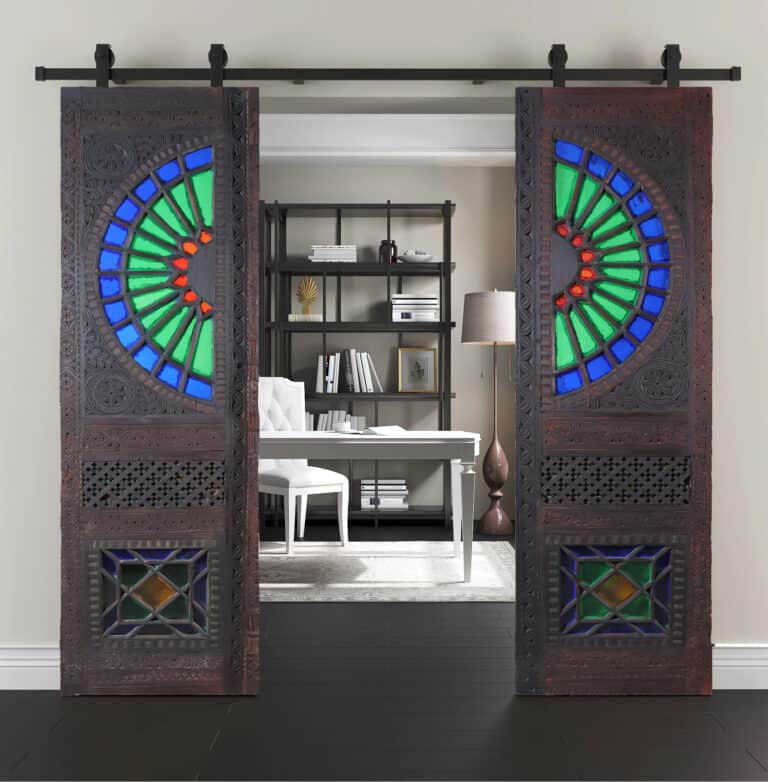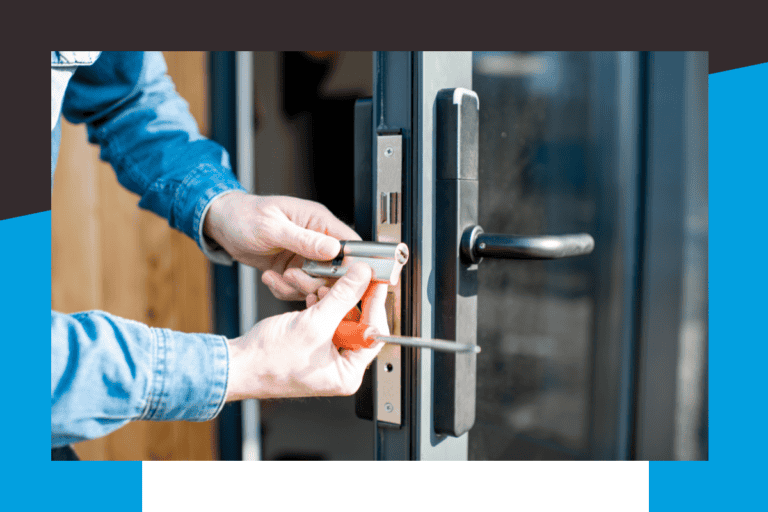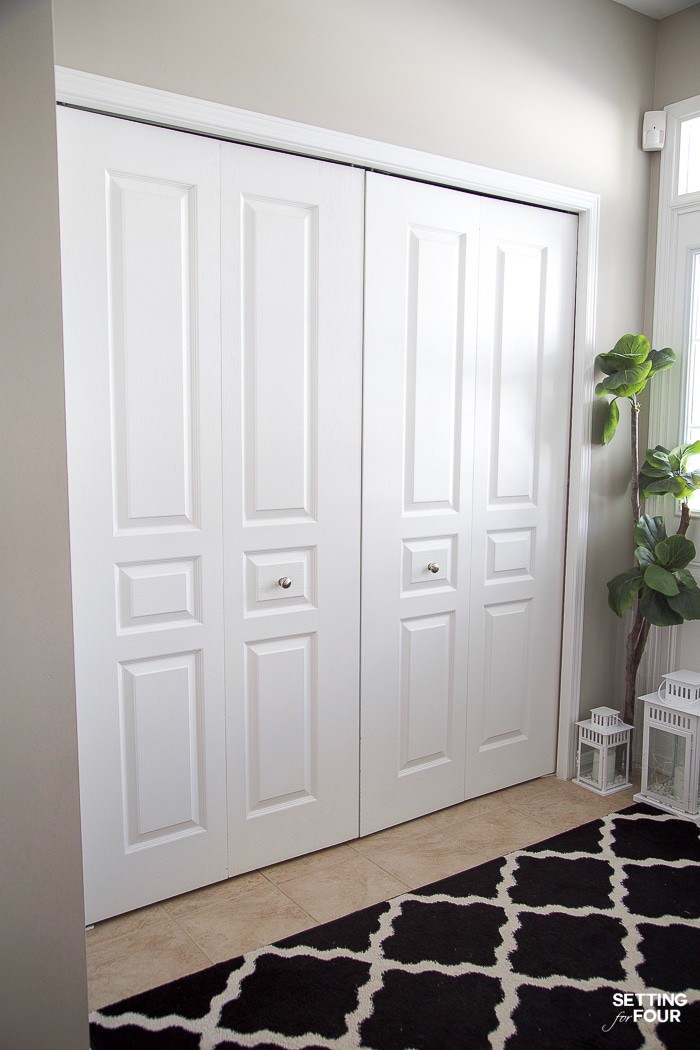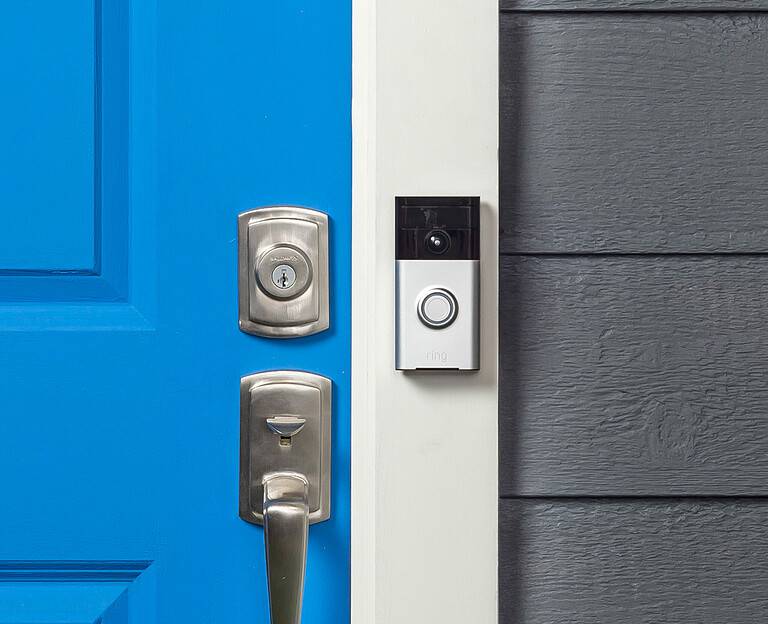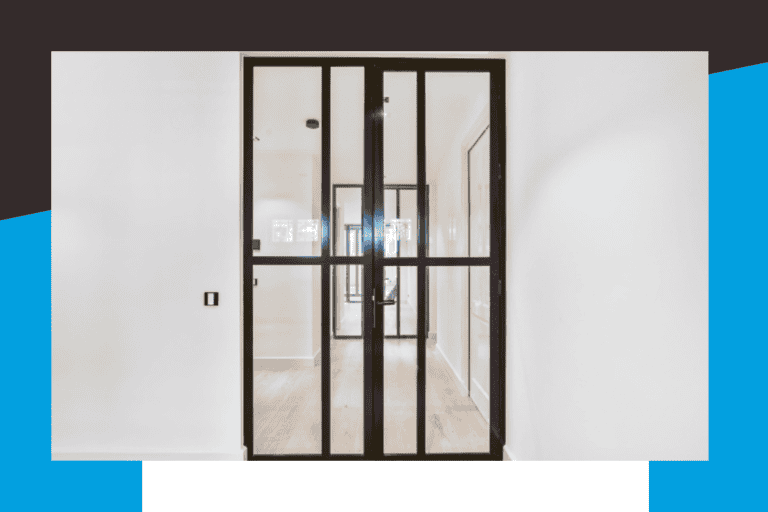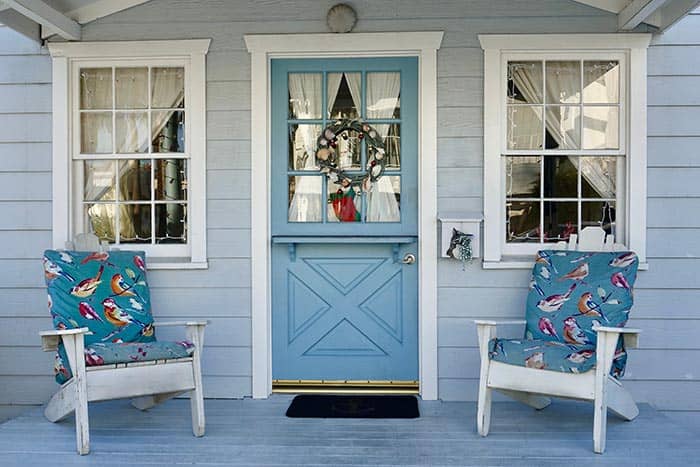Hinges for Doors
Are you renovating your home or building a new one? One important aspect that often gets overlooked is selecting the right hinges for doors. Hinges for doors play a crucial role in the functionality and aesthetics of doors, ensuring they swing smoothly, stay in place, and contribute to the overall design. In this guide, we’ll walk you through the essential steps to help you choose the correct hinges for doors, ensuring they complement your style and serve their purpose effectively.
Table of Contents:
- Types of Hinges for Doors
- Choosing the Right Hinges for Doors
- Select The Finish
- Installation Tips for Door Hinges
- Maintenance and Care of Door Hinges
- Cost Considerations
- Troubleshooting Common Issues
- FAQs in Relation to Hinges for Doors
- Conclusion
Types of Hinges for Doors
The variety in the door hinge industry is vast, with numerous types, each offering unique benefits and features. The selection process for hinges requires a keen understanding of their functionality as well as aesthetic compatibility.
Choosing the Right Hinges for Doors
When choosing hinges for your doors, it is important to consider the following factors:
The Material of the Hinge
Hinges for doors are made from base metals such as steel, stainless steel, brass, and bronze. You will need to choose hinges that are compatible with the material of your door and frame, but also the location. For example, you do not want to install steel based hinges on exterior doors as the hinges will rust over time. Stainless steel, brass, or bronze are used on exterior doors. If the doors are fire rated, be sure to use steel or stainless steel base metal hinges.
The Weight of the Door
Hinges for doors are rated for a certain weight capacity. Make sure to choose hinges that are rated for the weight of your door. Each manufacturer should have a list of their hinges that will accommodate specific door weights.
The Width of the Door
The width of a door determines the height of the hinge required. A standard sized door for a home is typically no wider than 3’0″ in width. Therefore, typically a standard height hinge (3.5″ or 4″) will typically be used. If the door is wider than 3’0″, the height of the hinge may need to be increased to prevent the door from sagging.
The Height of the Door
Standard practice when selecting a hinges for doors includes determining how many hinges are needed for the door. For door heights up to 60″, two hinges are recommended. For doors over 60″ to 90″, which are most residential doors, three hinges are recommended. For doors over 90″ add one hinge for each additional 30″ in door height.
The Thickness of the Door
Door thickness also plays a role in selecting the correct hinges for doors. Interior residential doors are typically 1-3/8″ thick and exterior doors are usually 1-3/4″ thick. Knowing the door thickness is required to determine the hinge width. A 1-3/8″ thick door would need a 3.5″ wide hinge, but a 1-3/4″ thick door would require a 4″ wide hinge. If doors need to clear door casing or trim, those dimension need to be calculated into the width as well. Usually a standard 3.5″ wide hinge will be acceptable for most applications inside the home.
Select the Finish
When choosing a hinge finish, consider the overall style of your space and the existing hardware. Select a finish that complements your design theme and creates a cohesive look throughout your home. Keep in mind that different finishes may require varying levels of maintenance to keep them looking their best over time. It is important to understand the difference between the base metal and the finish. A hinge that has a dark bronze finish, may have a base metal that is steel or stainless steel, meaning that the hinge is actually made from steel, but has a dark bronze finish. Typically, each manufacturers model number will vary depending on the base metal of the hinge.
Common Door Hinge Finishes
Satin Nickel
A satin nickel hinge finish is a top pick for many homeowners and designers, thanks to its modern yet understated elegance. It effortlessly complements different interior styles, from contemporary minimalism to traditional charm.

Matte Black
If you’re aiming for boldness in contrast, black door hinges should be at the top of your list. Their striking simplicity works exceptionally well with light-colored walls or doors and fits perfectly into industrial-themed spaces.
Is black door hardware a modern trend here to stay? Click here to find out!

Polished Brass
The polished brass option offers warmth that breathes life into any space it occupies. This golden-hued finish adds an old-world charm perfect for vintage-inspired interiors. Architectural Digest confirms this classic material has made quite a comeback recently.

Dark Bronze
The rustic allure of dark bronze finishes suits homes featuring natural materials like wood or stone flawlessly. They blend seamlessly while adding subtle sophistication is a great choice if you want something less flashy but still stylishly significant.

Satin Brass
Last on our list is Satin Brass – this elegant option combines modern chic with antique classiness making it versatile enough across various aesthetics. Houzz reports a rising trend towards using satin brass fixtures which could extend beyond kitchen fittings onto matching door hardware too.

Installation Tips for Door Hinges
The installation of door hinges can seem like a challenging task. Although it might seem intimidating, the installation of door hinges can be handled with proper guidance and tools.
Gearing Up For Installation
First things first – gather all necessary materials like screws and drill bits before starting the process. Be sure about what type of hinge is needed; whether interior door hinges such as butterfly or flush ones are required or heavy-duty strap hinges would serve better in the case of garage doors.
Hinge Placement Matters
Determining where exactly to place your hinge on entry doors is crucial as most require three: one approximately 5″ from the top of the door to the top of the hinge, another roughly 7″ up from the bottom of the door, and a third centered between these two points.
Tips & Tools For Installation:
Maintenance and Care of Door Hinges
When it comes to door hinges, maintenance is not an option but a necessity. Whether you’re dealing with interior doors or heavy-duty exterior ones, regular upkeep ensures that your hinges continue to support the weight of your door while providing a smooth swing.
In essence, taking care of your door hinges involves four main steps: cleaning them regularly, lubricating moving parts, adjusting misaligned pieces as necessary, and conducting routine inspections for wear and tear.
Cleaning Your Door Hinges Regularly
Dirt accumulation on butt hinges used for wooden gates or barrel types found on furniture doors can lead to stiffness over time. A simple soft cloth should suffice in removing dust before applying a mild detergent solution.
To tackle stubborn grease spots common among hidden or concealed designs, vinegar serves as an excellent natural cleaner that won’t harm most finishes.
Lubricating Moving Parts Frequently
The secret behind those noiseless entryways? Frequent lubrication. By using silicone spray at least once every six months, all moving components including ball-bearing systems within garage doors will operate smoothly without creaks or groans.
If persistent noises persist even after thorough cleaning, adjustment might be required, particularly in the case of offset pivots often found in cabinet entries where alignment is crucial for ensuring seamless operation.
Adjusting Misaligned Pieces As Necessary
Sometimes, despite best efforts, frames settle causing misalignment issues, especially when we talk about concealed models. To rectify this, loosening screws slightly, adjusting until correct, and then tightening again usually does the trick.
Routine Inspections For Wear Tear Damage Corrosion
Last but certainly not least, conduct periodic checks of the entire hinged system, from flag pins to decorative design details, right down to piano-style continuous straps commonly seen on toolboxes. This way, minor problems are caught early enough, preventing major complications in the future. (Source)
Cost Considerations
Cost is a factor to consider when selecting door hinges, and hinge type, material and finish, as well as special features can all affect the price. Factors such as hinge type, material and finish, and special features all play a role in the final price tag.
Hinge Types Impact Cost
The variety of hinge types available for doors can significantly influence costs. For example, basic butt hinges used on interior doors may be quite affordable while specialized options like concealed or pivot hinges often carry higher prices due to their intricate design and installation requirements.
Influence of Material & Finish on Price
Your choice of materials also plays into your budget planning – stainless steel is renowned for its durability, especially with heavy doors, but typically falls at the pricier end compared to brass or bronze alternatives. The selected finish further impacts expenses: finishes like satin nickel or dark bronze usually come with heftier price tags than standard metal ones.
Troubleshooting Common Issues
Door hinges, whether they’re butt hinges for your entry doors or concealed hinges on cabinet doors, can present problems over time. These challenges range from the minor annoyance of a squeaky hinge to more significant issues like loose screws and misaligned doors.
Solution 1: Fixing Squeaky Hinges
The familiar sound of a door creaking open is often due to friction between the pin and casing in interior door hinges. The quickest fix involves applying lubricant such as WD-40 directly onto the hinge pin.
If this doesn’t eliminate that pesky noise, you may need to remove and clean the hinge pin before reapplying lubrication. This approach works well with various types of door hardware including piano hinges, strap hinges, butterfly hinges, among others.
Solution 2: Securing Loose Screws
A common issue, particularly noticeable with heavy-duty applications like garage doors or furniture doors, is loosening screws within their holes over time. A simple tightening using an appropriate tool might solve it; however, if not successful after multiple attempts, then replacing them entirely could be necessary.
In some cases, where even new screws don’t hold up well, consider filling up the screw hole with wood filler before reinstalling.
Solution 3: Correcting Misaligned Doors
Doors sticking or failing to close properly are signs pointing towards possible alignment issues caused by the improper installation of offset or mortise type hidden/invisible (concealed) door swings, which require precise fitting into wooden gates and frames. Weather changes causing these materials to expand also contribute significantly too. Adjustments should help realign everything back into place, but professional assistance might be needed when DIY methods prove ineffective.
FAQs in Relation to Hinges for Doors
What is the purpose of door hinges?
Door hinges are pivotal hardware pieces that connect a door to its frame, allowing it to swing open or close smoothly.
What hinges are used for doors?
The most common types of door hinges include butt, pivot, continuous (piano), and European (concealed) hinges. The choice depends on the type and style of the door.
What is the history of door hinges?
Hinges for doors have been in use since ancient times. Early versions were made from wood or stone while modern ones are typically crafted from metal alloys for enhanced durability and aesthetics.
Conclusion
Understanding door hinges is an essential part of homeownership, ensuring your doors operate smoothly while complementing the style of your living spaces. From exploring different hinge types and their unique functionalities to selecting the perfect finish to match your décor, choosing the right hinges can elevate both form and function.
Throughout this guide, we’ve highlighted how door dimensions influence hinge selection, provided installation tips for optimal performance, and shared maintenance practices to extend their lifespan. With insights on cost considerations and solutions to common issues, you’re now equipped to make informed decisions for your home.
For more expert guidance and in-depth resources, Door Digest LLC is here to help. Whether you’re learning about hinges for doors, exploring door hardware, or discovering practical solutions like door closers and kick plates, we’ve got you covered.
Let Door Digest be your go-to source for all things doors—helping you ensure that every hinge, handle, and hardware decision enhances both the style and functionality of your home.
